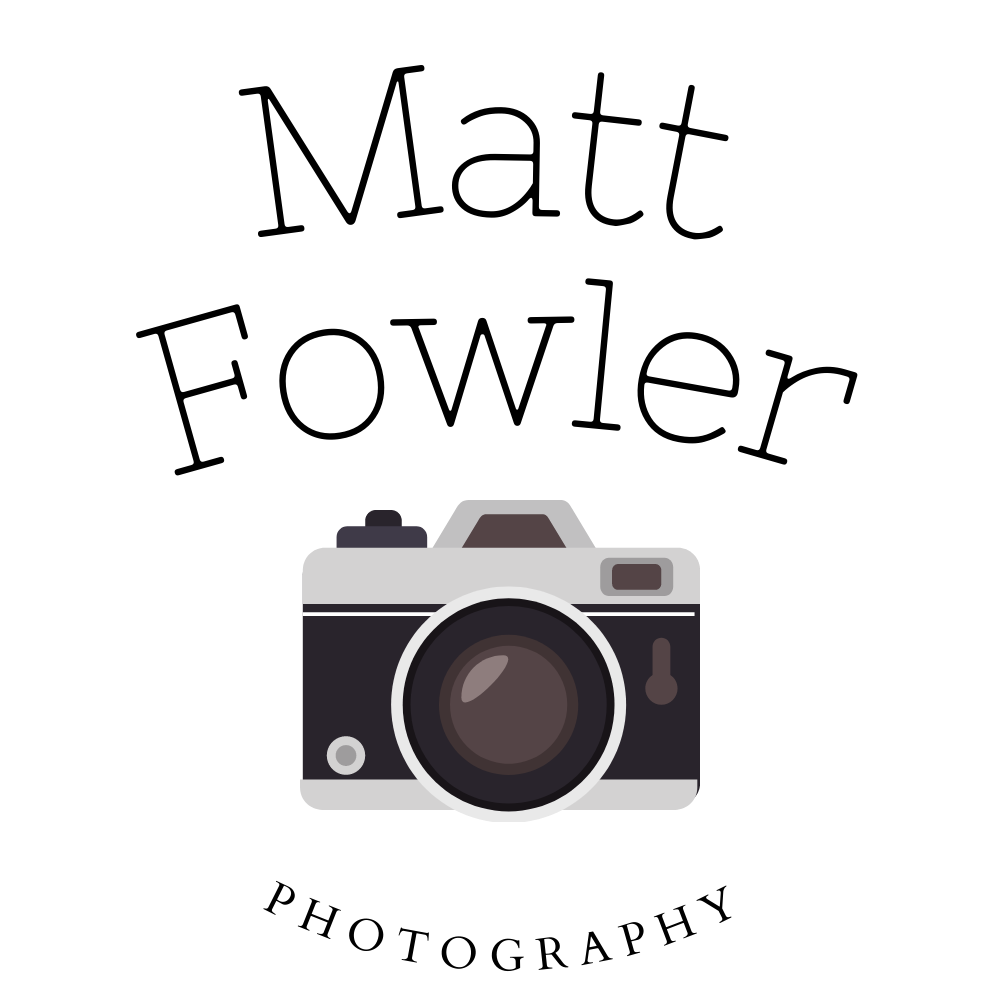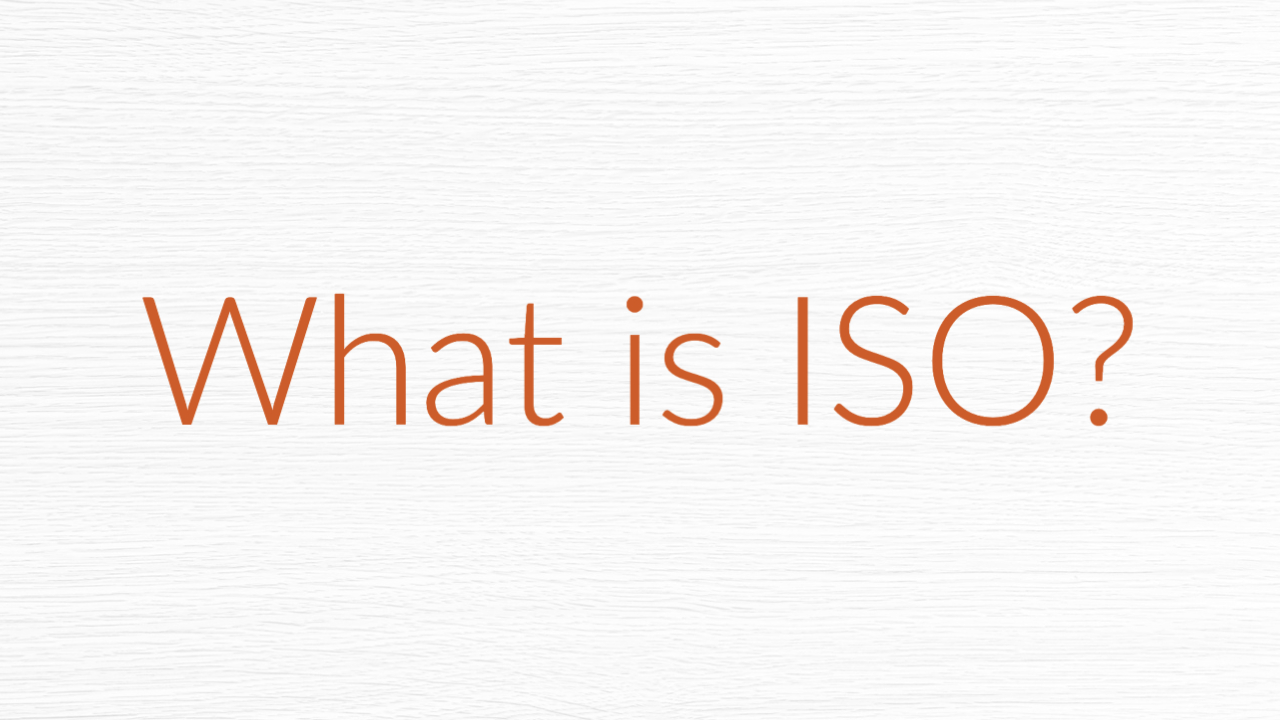We started this series with aperture which is measured by f-stop numbers. This is how wide or narrow your lens opens. A low f-stop number represents a wide opening on the lens. This lets a lot of light in.
A high f-stop number is a narrow opening that lets less light in. Next, we covered shutter speed. This can be visualized as a reverse blink. The amount of time the shutter is open is the amount of time the image is exposed for. Something like 1 second is a really long shutter speed which is great for creating motion blur in something like a waterfall. A fast shutter speed would be 1/1000 which can freeze action such as sports and wildlife.
Now we are going to cover the third and final element of the exposure triangle. That is called ISO.
ISO
What is ISO? This is where we need to start for sure. ISO is actually an acronym for International Organization for Standardization. It dates back to the film days. You might have noticed some numbers such as 100, 200, 400, 800, etc when buying film. This is actually the ISO level of the film and how bright your images will be. Something like 100 would be great for a bright sunny day and 800 would be better when it starts to get a little darker.
How does that translate to digital photography? Modern ISO is the sensitivity of the sensor. The principles are similar. A value of 100 would be best on a bright day and something like 800 or above would be better in lower light.
I generally try to keep a low ISO. The reason for this is high ISO levels can add noise to the image. Modern cameras are getting better with this and there is software that can help correct some noise problems associated with high ISO, but the reality is lower values result in cleaner images. I rarely go over ISO 400 for a portrait session and would be using a flash if more light was needed beyond that.
There are times when you need to use a high ISO. Perhaps you are shooting birds in flight. You’ll likely stop down your aperture and need a fast shutter speed, increasing the ISO would be your best option to expose correctly. Sports would be the same. You might need a higher ISO to get the required shutter speed. Another option would be as it gets dark when you don’t have a flash. Raising the ISO might be the only way you can get the photo bright enough.
To show the difference ISO can make, I took some close-up shots of myself. This is 50mm at f/4.0 with a shutter speed of 1/100. The ISO is 200, 800, 3200, and 12800. These are unedited jpeg files to show what is actually happening.
Let’s look at ISO 200. It is super dark in this scenario. Almost black.
Next is ISO 800. Still really dark.
ISO 3200 is getting better but is still underexposed. The focus looks a little off in this image, but you can notice there is a lot of noise.
Last is ISO 12800. We’re getting closer to the proper exposure, but the noise on this image is getting pretty bad.
We’ve now covered each of the three elements of the exposure triangle. Aperture, shutter speed, and ISO all work together as tools to properly expose your images. Using Manual Mode on your camera opens up new possibilities you will not find with automatic and priority modes. If you are brand new to using a DSLR or mirrorless camera, I recommend using Aperture Priority and Shutter Priority to experiment and see what the camera does in each situation. Experiment with Manual Mode as well and get to know your camera and the exposure triangle.
This series is not intended to be all-inclusive, but rather provide some concepts. Please take these ideas and experiment. Photography takes time and is something we are all constantly learning and growing with. My pictures today are much better than a year ago. I’m hopeful my pictures a year from now will be significantly better than today. Stay open and curious and have fun.
This has been a little out of my element. Please let me know if you would like to see more content like this.
Thank you so much for watching. If you enjoyed this video, please like and subscribe.
Til the next time…
#exposuretriangle #iso #manualmode #camerasettings

